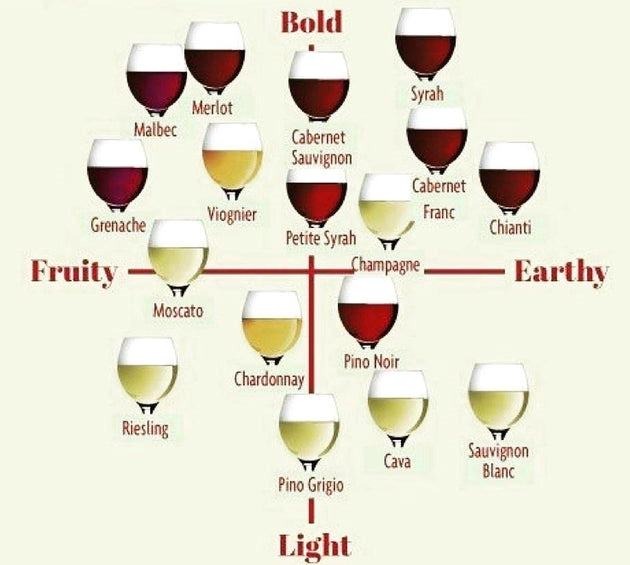
Subscribe to our newsletter
The Language of Wine
Describing Flavors and Aromas
6/6/20242 min read


Introduction
Mastering the language of wine is essential for anyone involved in the wine industry, particularly investors looking to understand and communicate the subtle nuances of wine effectively. This week, we focus on developing a robust vocabulary to describe the complex array of flavors and aromas found in wine, which is crucial for evaluating quality and investment potential.
1. Building a Wine Vocabulary
Aromatic Categories: Learn to categorize and describe wine aromas and flavors under broad headings such as fruity, floral, vegetal, spicy, nutty, and earthy. Understanding these categories helps to articulate more detailed descriptions.
Descriptive Accuracy: Enhance your ability to use descriptors accurately. For instance, instead of general terms like "fruity," specify whether a wine tastes of "ripe red cherries" or "tart green apples."
2. Common Terms for Wine Description
Body: Describes the weight and fullness of wine on the palate. Wines can be light, medium, or full-bodied.
Tannins: Refers to the dry, puckering sensation often found in red wines. Tannins can be soft, chewy, or harsh.
Acidity: Indicates the sharpness and freshness of the wine. High acidity wines are often described as crisp or vibrant.
Sweetness: Even if a wine is technically dry (no residual sugar), it may taste sweet due to the presence of ripe fruit flavors.
3. Advanced Descriptive Techniques
Integration: Describing how well the components of the wine (tannins, acidity, alcohol, flavors) integrate and balance each other.
Complexity: The variety of sensations and flavors experienced when tasting, and how they unfold during the tasting.
Finish: The aftertaste left by the wine; a longer finish often indicates a higher quality wine.
4. Practical Exercises for Developing Descriptive Skills
Focused Tasting Sessions: Regular tasting sessions focusing on a single variety or style to build relevant vocabulary.
Comparison Tastings: Tasting two or more wines side-by-side to highlight differences in style, variety, or region, which sharpens descriptive skills.
Blind Tasting: Practicing blind tasting to focus solely on the wine's characteristics without preconceived notions based on the label or bottle.
5. The Role of Language in Wine Investment
Communication: Effective communication with sellers, buyers, and other investors about wine quality and characteristics can influence purchasing decisions.
Market Insight: Understanding and using the correct terminology can help investors to gauge market trends and consumer preferences, which are critical for successful investments.
Conclusion
The ability to describe wine accurately and convincingly is invaluable, not just for personal enrichment but also for professional and investment purposes. By expanding your descriptive vocabulary, you can more precisely assess the quality and potential of wines, enhancing your capabilities as an investor.
Are you ready to refine your wine description skills and deepen your appreciation for the subtle complexities of wine? Join us next week as we dive into the significance of wine vintages and their impact on investment. Subscribe to our newsletter for more insights and expert guidance.
